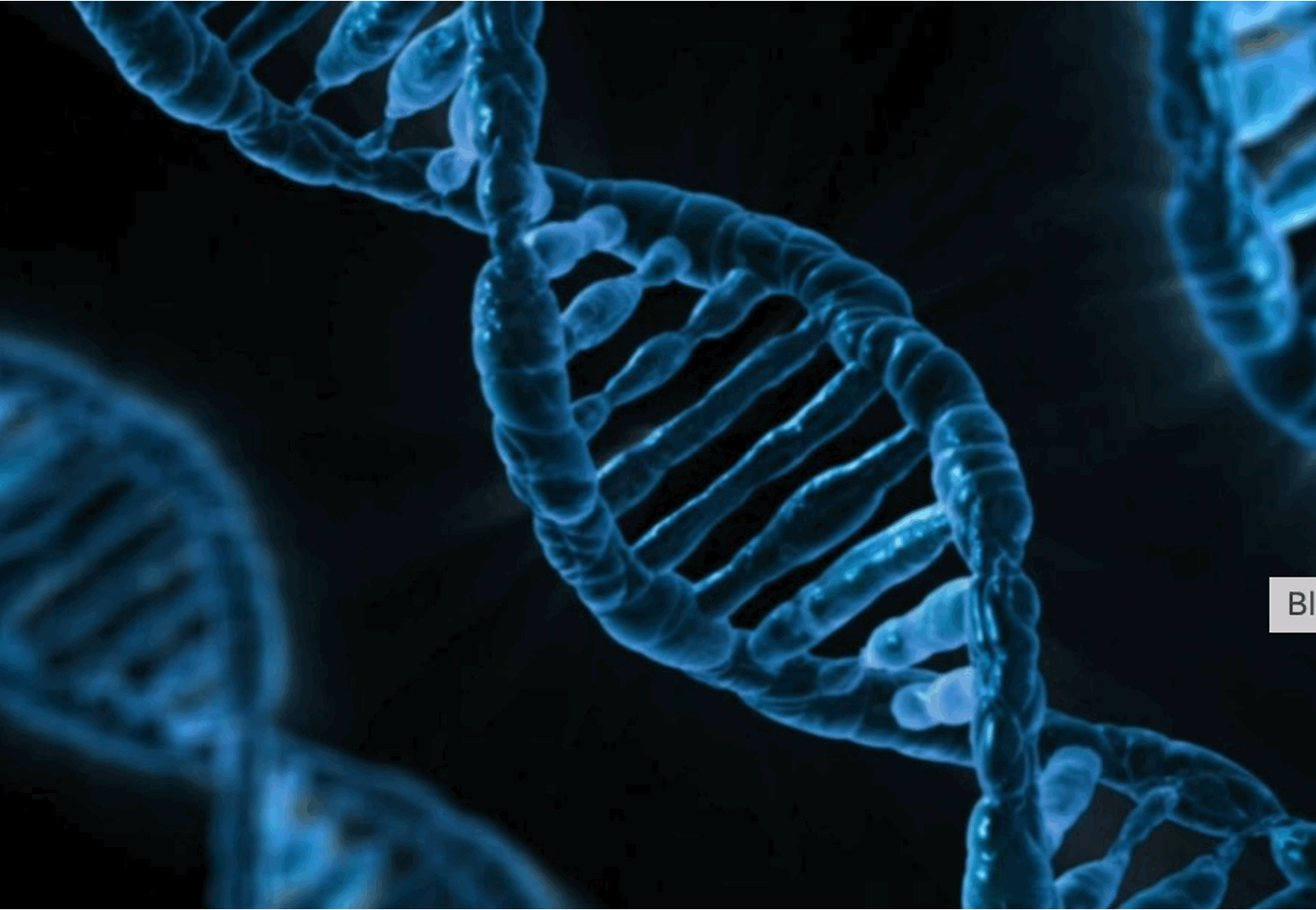Translation and Codons
Main Article Content
Abstract
In molecular biology, Central Dogma is defined as the process by which the instructions of the DNA are converted into a functional product, primarily proteins. Francis Crick first proposed it in 1958. In this sequential process, the translation is the final stage, where genetic code contained within a messenger RNA (mRNA) molecule is decoded to produce a specific sequence of amino acids in a polypeptide chain.1 It is a complex three-stage process requiring a set of different factors in each stage: initiation, elongation, and termination. Mainly the execution of this occurs in the cytoplasm. Albeit some variations of this process in eukaryotic and prokaryotic, the essential features and results remain the same.
When DNA is transcribed to RNA, its complementary nucleic acid is paired with it. DNA codes A, G, T, and C are transferred to RNA codes U, C, A, and G, respectively. The encoding of proteins is done in groups of three, known as codons. These codons represent the sense DNA strand and are arranged in a 5′-to-3′ direction in a linear sequence of genes, which is then transcribed to RNA from the antisense strand of DNA. The standard codon table of RNA is shown below, along with the 20 respective amino acids. As seen in Table 1, the amino acids can be specified by different codons.
In the translation, each codon specifies specific amino acid; therefore, the word “codon” is described as “a specific sequence of three consecutive nucleotides which is part of the genetic code on RNA molecule, and that specifies a particular amino acid sequence in protein synthesis.” This term is accurate for the start codon (AUG), which always codes methionine or f-methionine in eukaryotic and prokaryotic, respectively.
Similarly, all the other codon that follows on the mRNA strand gives a specificamino acid sequence. However, toward the termination stage of this process, oneof the three different “codons” UAA, UAG, and UGA, will terminate the translationprocess without adding any amino acid. In DNA, these stop “codons” are TAA, TAG,and TGA, respectively. The historical basis for ordaining the stop codons as amber,ochre and opal was initially described by Brenner S and Bob E.2,3Therefore, whenit comes to a stop “codon”, this term nullifies its definition “codon specifies amino acid”.
Consequently, I strongly suggest that a stop codon should be referred to as astop “signal” as it does not specify any amino acid. It is just a signal for the translationto stop. Henceforth appropriate terms are “start codon” and “stop signal.”
Article Details

This work is licensed under a Creative Commons Attribution-NonCommercial-NoDerivatives 4.0 International License.
Personal views expressed by the contributors in their articles are not necessarily those of the Journal of Associated Medical Sciences, Faculty of Associated Medical Sciences, Chiang Mai University.
References
F.H.C. Crick, L Barnett, S Brenner & R.J. Watts-Tobin. General nature of the genetic code for proteins. Nature. 1961; 192(4809): 1227-32. doi: 10.1038/1921227a0.
S, Brenner, and L Wolpert. A Life in Science. Biomed Central Limited. 2001: 101-4. ISBN 9780954027803.
Edgar B (2004). The genome of bacteriophage T4: An archeological dig. Genetics. 2004; 168(2): 575-82. doi: 10.1093/genetics/168.2.575.


